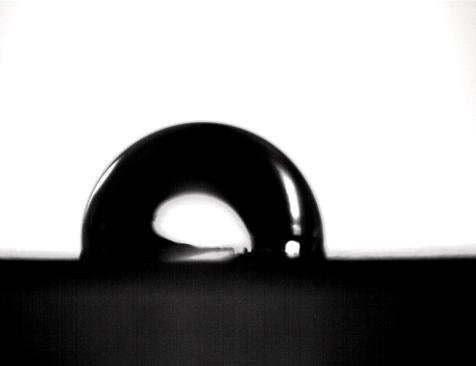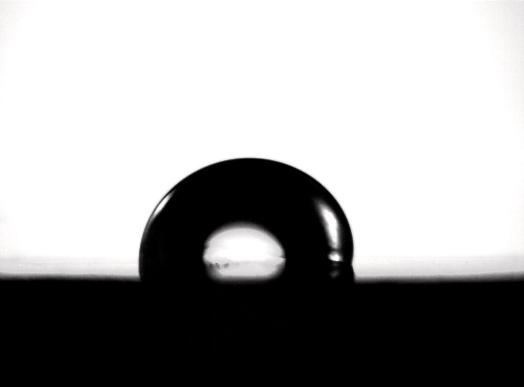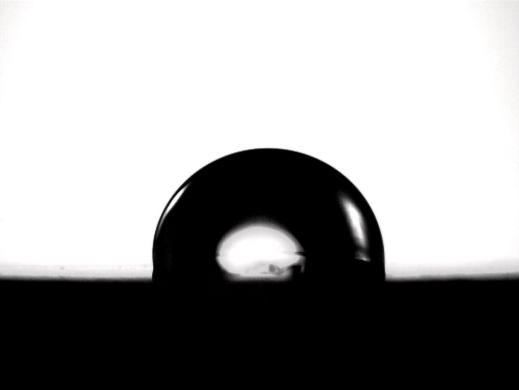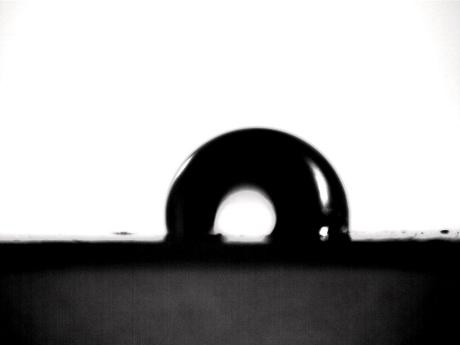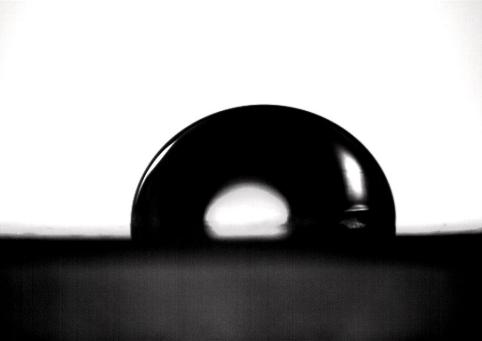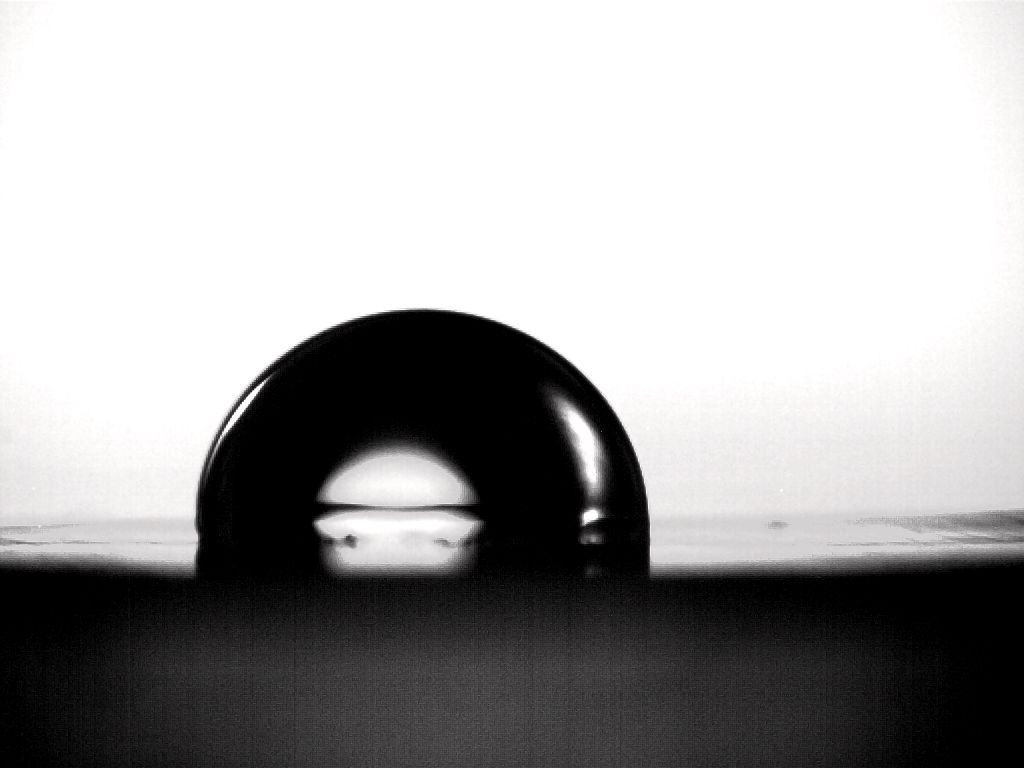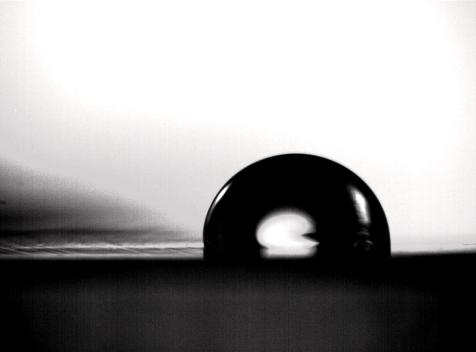PVDF膜的光接枝亲水改性毕业论文
2020-06-16 06:50:39
摘 要
本文采用紫外光接枝法主要针对聚四氟乙烯聚四氟乙烯膜表面进行亲水改性,目的在于增加水在聚四氟乙烯膜表面的吸附性能。本实验先用等离子体处理聚四氟乙烯膜,增加其表面的反应活性基团,促进其与接枝单体进行反应,然后通过紫外光照射法,以二苯甲酮作为光引发剂,在聚四氟乙烯表面上接上带有亲水基团的丙烯酸单体,本实验分别考察了等离子处理时长、单体丙烯酸的用量、引发剂的用量等对聚四氟乙烯膜表面改性的影响,并通过测量红外光谱和接触角确定最佳反应条件。
研究发现,当等离子处理时长为60s,引发剂用量为3%,单体用量为60%,紫外灯照射时长为30min时,制得的聚四氟乙烯膜亲水性最好,改性后的聚四氟乙烯膜的亲水性基本上达到要求。
关键词:聚四氟乙烯 光接枝 等离子处理 接触角 亲水改性
Photografting hydrophilic polytetrafluoroethylene membrane modification
Abstract
In this paper, the surface of polytetrafluoroethylene membrane was hydrophilic modification by UV grafting. The purpose was to increase the adsorption of water on the surface of polytetrafluoroethylene membrane. The first plasma treated PTFE membrane, increase the reactive groups on the surface, promote it to react with the graft monomer, and then through the ultraviolet irradiation, with two benzophenone as a photoinitiator in PTFE surface with hydrophilic acrylic monomer on the ground, the experimental investigation of the plasma treatment time, monomer dosage of AA, the influence of the change of induced PTFE membrane surface agent, and through the measurement of infrared spectroscopy and contact angle to determine the most The best reaction condition, the study found that when the plasma treatment time is 60s, the amount of initiator is 3%, the dosage of monomer is 60%, ultraviolet irradiation time was 30min, PTFE was the best hydrophilic membrane, hydrophilic modified PTFE films are basically meet the requirements.
Key words: PTFE photografting Plasma processing contact angle
Hydrophilic modification
目录
摘要 I
Abstract II
第一章 绪论 1
1.1 聚四氟乙烯的概述 1
1.2 聚四氟乙烯的优点 1
1.3 聚四氟乙烯的缺点 1
1.4 聚四氟乙烯的应用 2
1.5 聚四氟乙烯膜的概述 2
1.5.1 聚四氟乙烯膜的主要结构 2
1.5.2 聚四氟乙烯膜的分类与应用 3
1.5.3 聚四氟乙烯膜疏水的原因 3
1.6 光接枝的概述 3
1.6.1 光接枝的定义 3
1.6.2 光接枝的优点 4
1.6.3 光接枝的影响因素 4
1.7 亲水性和疏水性 4
1.7.1 亲水性和疏水性 4
1.7.2 亲水性和疏水性原因 4
1.8 表面改性技术 4
1.8.1 低温等离子处理 5
1.9 本实验的预期目标 6
第二章 实验 7
2.1 实验原料 7
2.2 主要设备和仪器 7
2.3 实验基理 8
2.3.1 实验原理 8
2.4 实验的分析方法 8
2.4.1 傅里叶红外光谱 8
2.4.2 接触角测定 8
2.5 样品的制备 9
2.5.1 实验总览与准备 9
2.5.2 两步法实验实验步骤 9
2.5.3 一步法实验步骤 10
第三章 结果与讨论 11
3.1 实验结果总表 11
3.2 实验结果讨论 12
3.2.1 改性后的就聚四氟乙烯的接触角测定 12
3.2.2 改性后的聚四氟乙烯的红外光谱测定 15
3.3 最佳改性方案的确定 17
第四章 结论与展望 18
4.1 结论 18
4.2 存在问题及展望 18
参考文献 19
致谢 21
第一章 绪论
1.1 聚四氟乙烯的概述
聚四氟乙烯(Polytetrafluoroethylene,简写为聚四氟乙烯),一般称作“不粘涂层”或”易清洁物料”。聚四氟乙烯抗酸抗碱,甚至是王水,还基本上可以抵抗所有的溶剂。同时,聚四氟乙烯还能够耐高温,易清洁性。
聚四氟乙烯朔有“塑料王”的美名。它的发现是个美丽的意外。有人将一部分四氟乙烯气体收集在瓶中备用。第二天却发现瓶中根本没有气体,可是瓶的质量根本没有变化。于是他们就把钢瓶锯开,然后出现了神奇的一幕,钢瓶中有很多白色粉末,这就是聚四氟乙烯的神奇登场。
聚四氟乙烯在化工制药等诸多领域都发挥了巨大的作用。
1.2 聚四氟乙烯的优点
聚四氟乙烯(PTFE)具有诸多优点,比如耐高温耐低温,其使用温度范围从-196℃到250℃,即使在极地的温度下,依然具有优秀的机械韧性,保持一定的伸长率而不断裂。
其化学稳定性高,呈现惰性。表现出良好的耐腐蚀性。
相关图片展示:
